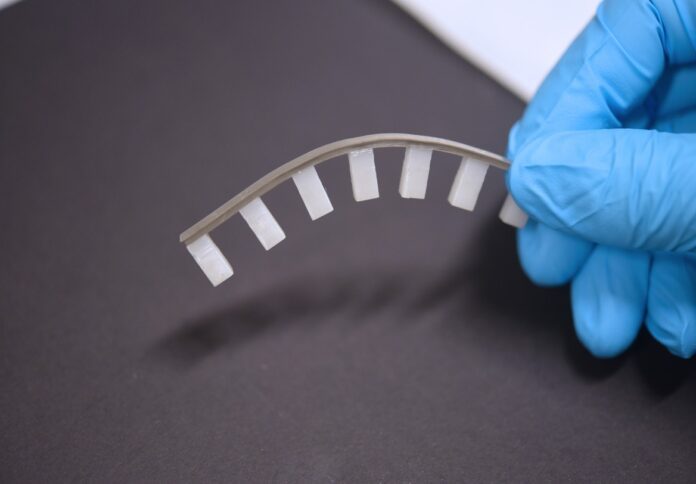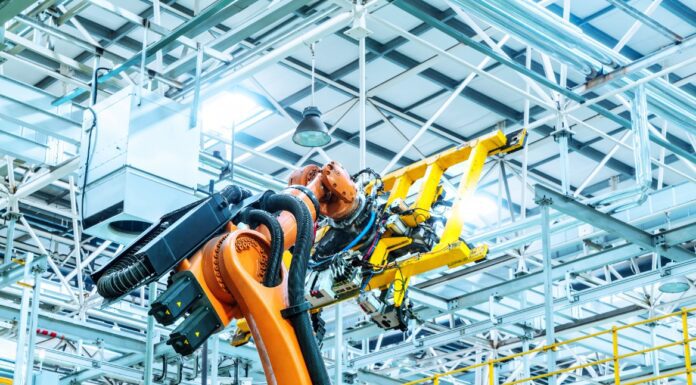
Researchers at the University of Queensland have unveiled a breakthrough 3D printing technique to create shape-shifting liquid metal robotics, mimicking musculoskeletal qualities inspired by animal physiology.
Led by Dr Ruirui Qiao from the Australian Institute for Bioengineering and Nanotechnology (AIBN), the team developed a gallium-polymer composite designed to replicate the efficiency and strength of mammalian movement.
The innovative material combines soft, spherical liquid metal nanoparticles with rigid, rod-like gallium-based nanorods, creating an interconnected network that mirrors the dynamics of bone and muscle.
“We set out to mimic the locomotion, flexibility, and control of mammalian movement,” said Dr Qiao.
“This tuneable gallium-polymer composite can be used for next-generation medical rehabilitation products like high-precision grippers for prosthetic limbs.”
The liquid metal robotics can alter their shape and function in response to stimuli such as heat and infrared light, a hallmark of Dr Qiao’s previous work.
Dr Qiao highlighted the challenges manufacturers face when creating hybrid structures inspired by soft-bodied creatures in nature.
“Making hybrid structures is very challenging due to limitations in material selection as well as the complex, multi-step processes involved in traditional manufacturing methods,” she explained.
“We developed a new method to mimic animal physiology to benefit our own technology using a quick and simple manufacturing process.”
The ease of fabrication and versatility of the new material could revolutionise hybrid soft materials and drive innovations in soft robotics, according to Dr Qiao.
She emphasised the importance of further research to enhance the material’s properties, particularly by increasing the proportion of metal-based nanoparticles within the composite.
“This will further enhance responsive properties and ultimately improve the performance of hybrid soft robots,” she said.
The project involved AIBN researchers Xumin Huang, Jiangyu Hang, Naufal Kabir Ahamed Nasar, Thomas Quinn, Dr Liwen Zhang, and Professor Tom Davis.
The findings have been published in Advanced Materials, offering a glimpse into the future of robotics and medical technology.




















